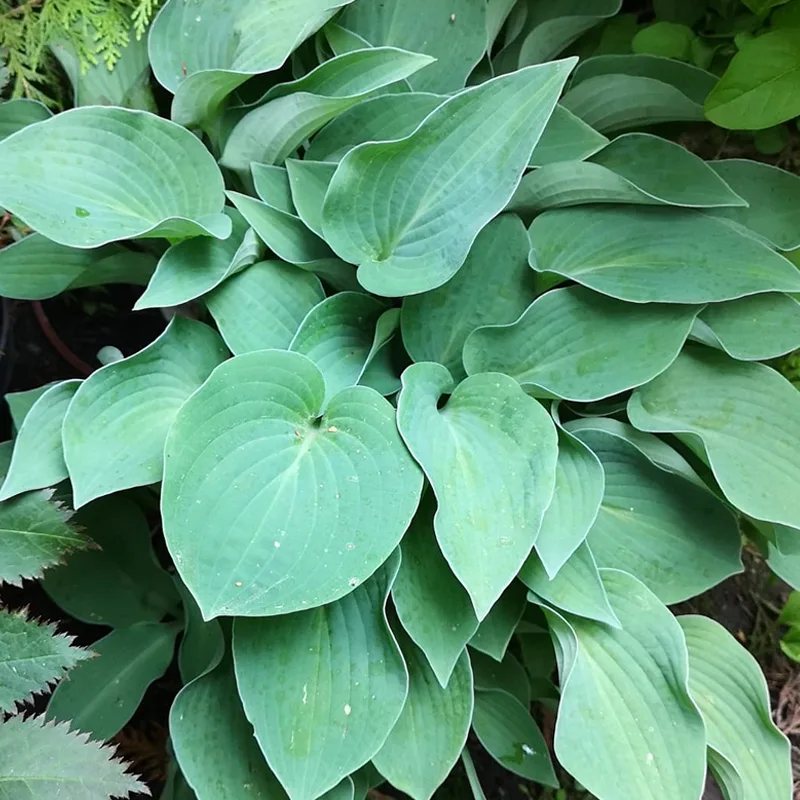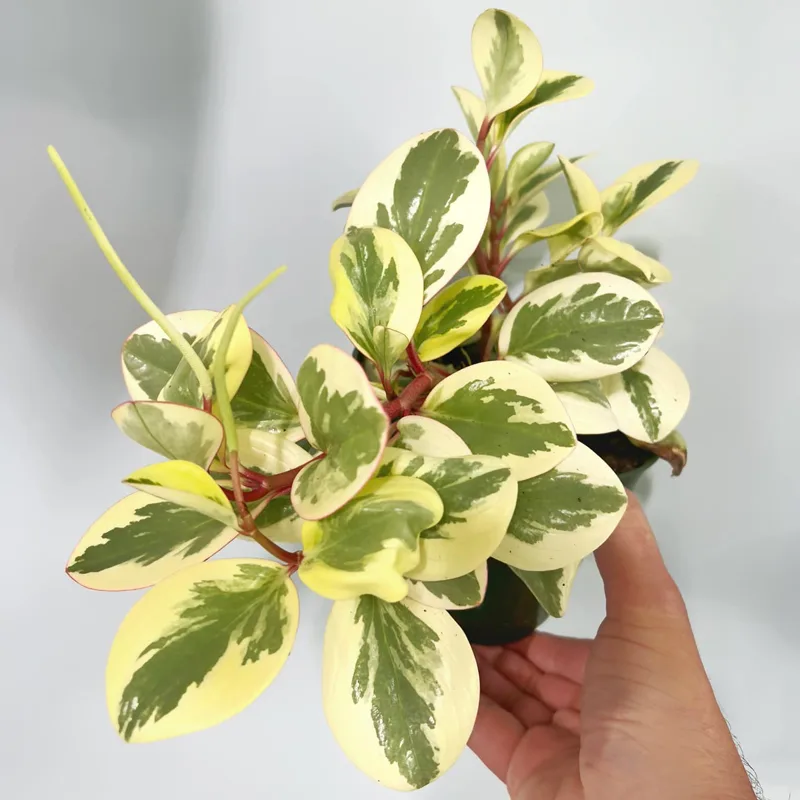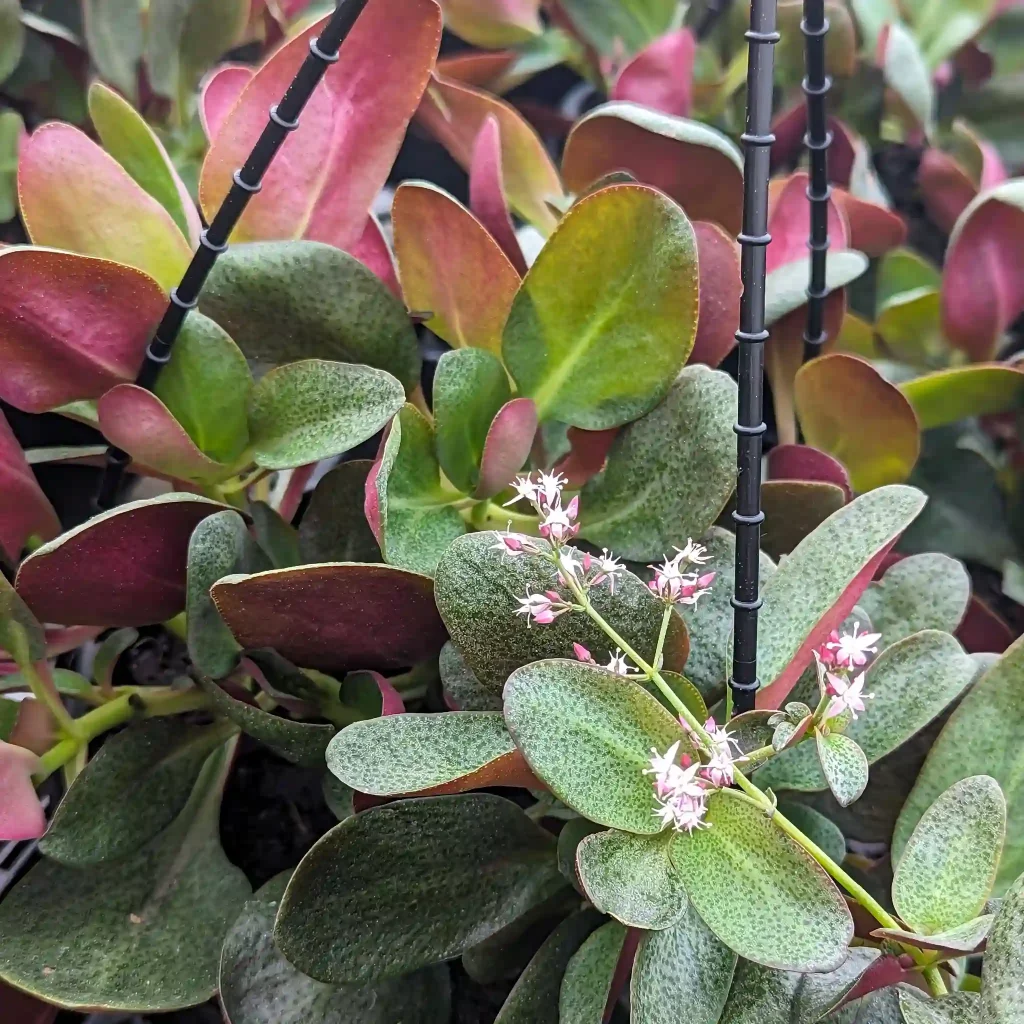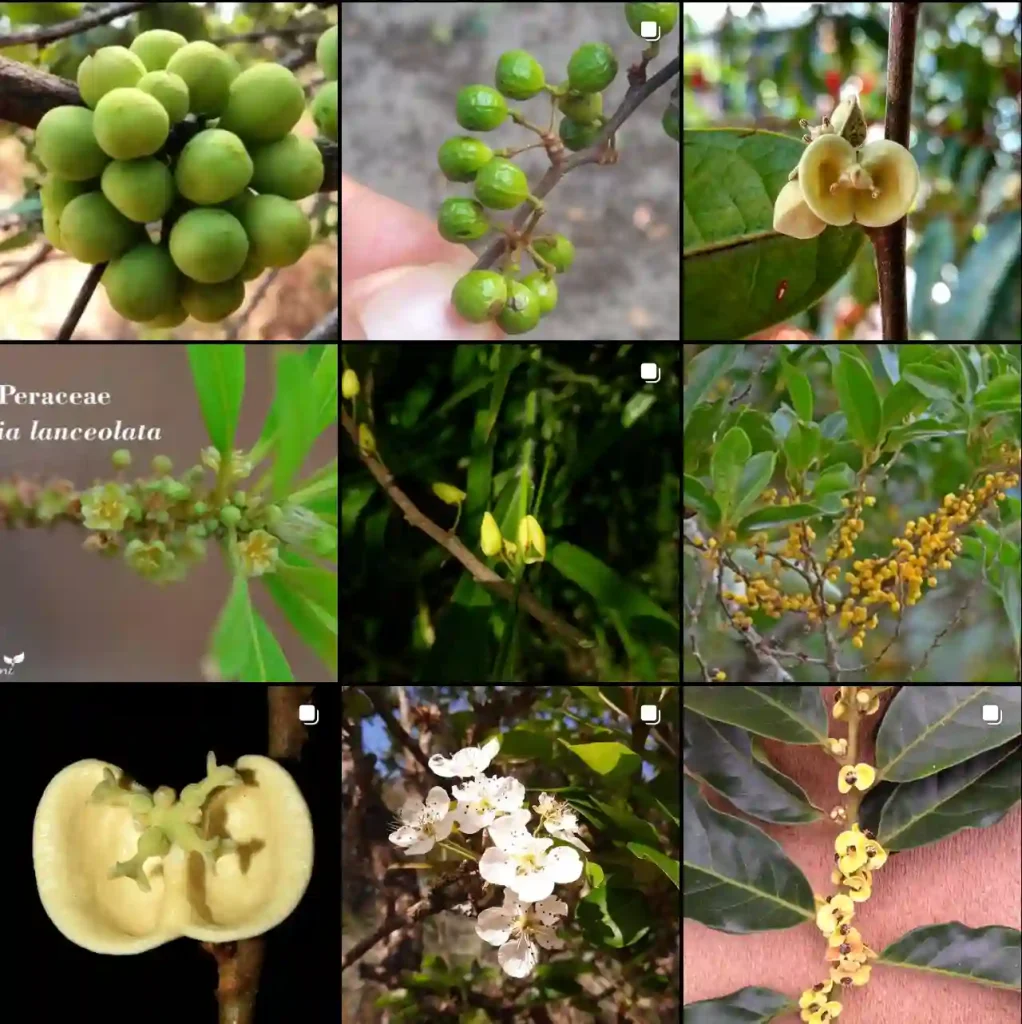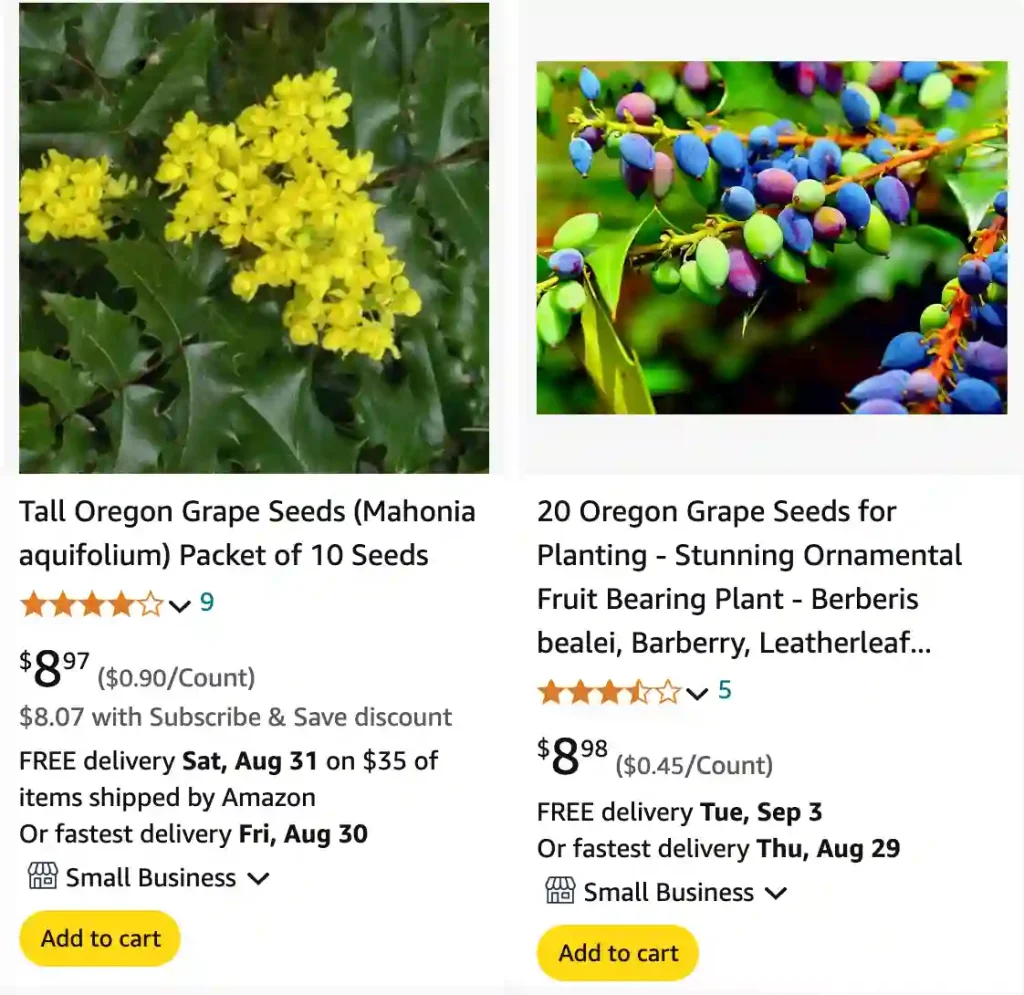
FAQs About Oregon Grape
Oregon Grape is a fascinating plant with a range of uses and characteristics that often spark curiosity. From its edibility to its care requirements, I’ve explored many aspects of this plant and compiled answers to some of the most frequently asked questions about Oregon Grape.
What Is Oregon Grape?
Oregon Grape (Mahonia Aquifolium) is a hardy, evergreen shrub native to the Pacific Northwest. It is known for its glossy, holly-like leaves and clusters of yellow flowers that turn into dark purple berries. Despite its name, it is not related to the grapevine but gets its name from the grape-like appearance of its fruit.
Are Oregon Grapes Edible?
Yes, Oregon Grapes are edible. The berries are tart and somewhat bitter, so they’re not typically eaten fresh. However, they can be used to make jellies, jams, or even wine. The berries contain compounds that can be quite tart, so they’re often cooked or sweetened before consumption.
What Is Oregon Grape Root Good For?
Oregon Grape root is prized for its medicinal properties. It contains berberine, a compound with antibacterial and anti-inflammatory effects. Traditionally, it has been used to treat digestive disorders, skin conditions, and infections. The root is often used in tinctures or extracts to harness its therapeutic benefits.
How Long Can You Take Oregon Grape Root?
When using Oregon Grape root for medicinal purposes, it’s important to follow dosage recommendations from a healthcare provider. Generally, it is safe for short-term use, but long-term use should be approached with caution due to the strong compounds it contains.
How Much Berberine Is in Oregon Grape?
Oregon Grape root is known to be a rich source of berberine. The concentration can vary depending on the specific plant and its growing conditions, but it generally contains a significant amount of this compound, which is responsible for many of its health benefits.
How Tall Does Oregon Grape Grow?
Oregon Grape typically grows to a height of 3 to 6 feet (1 to 2 meters). It can spread out as well, forming a dense, bushy shrub. Its size makes it a versatile plant for various landscaping applications, including as a ground cover or a border plant.
When to Prune Grapes in Oregon?
Pruning Oregon Grape is usually done in late winter or early spring before new growth begins. This helps to shape the plant and remove any dead or damaged branches. Regular pruning promotes a healthy plant and encourages more robust flowering and fruiting.
Are Oregon Grapes Poisonous?
Oregon Grapes are not considered highly toxic, but the berries can cause gastrointestinal discomfort if consumed in large quantities due to their bitter taste. The plant is not poisonous to humans, but it’s always best to handle it with care and consult a healthcare provider before using it for medicinal purposes.
Do Deer Eat Oregon Grape?
Deer generally avoid eating Oregon Grape. The plant’s tough, spiky leaves are not very palatable to them. However, in times of food scarcity, deer may nibble on it, though it is not their preferred choice.
How to Get Rid of Oregon Grape?
Oregon Grape can be quite invasive if not managed properly. To get rid of it, you can dig up the root system and remove any new shoots. Herbicides may also be effective, but it’s important to use them carefully to avoid harming surrounding plants. Regular maintenance and monitoring are key to controlling its spread.
How to Make Oregon Grape Cream?
To make Oregon Grape cream, you need to extract the juice from the berries and mix it with a base such as shea butter or coconut oil. Add a few drops of essential oil if desired for fragrance. Blend well until the mixture is smooth, and store it in a clean jar. This cream can be used for its potential anti-inflammatory and skin-soothing properties.
What Does Oregon Grape Look Like?
Oregon Grape is easily recognizable by its glossy, holly-like leaves, which are typically dark green with spiky edges. It produces clusters of small, yellow flowers in spring, followed by dark purple berries. The plant’s overall appearance is quite striking, making it a popular choice for landscaping.
Oregon Grape vs. Berberine
While Oregon Grape contains berberine, it is not the only source. Berberine is a compound found in various plants, including Goldenseal and Barberry. Oregon Grape is one of the many plants that provide this compound, known for its antibacterial and anti-inflammatory properties. The choice between these plants often depends on the specific health benefits sought.
Oregon Grape vs. Holly
Oregon Grape and Holly can be confused due to their similar appearance. Both have glossy, spiky leaves, but Oregon Grape’s leaves are typically more serrated and leathery. Holly leaves are generally smoother and have a more pronounced point. Additionally, Oregon Grape produces yellow flowers and purple berries, while Holly produces red berries and white flowers.
How to Care for Oregon Grape
Caring for Oregon Grape involves providing it with well-drained soil and partial to full shade. It is relatively low maintenance, requiring occasional pruning to maintain shape and remove dead branches. Water it regularly, especially during dry periods, but avoid waterlogging, which can lead to root rot.
How to Propagate Oregon Grape
Oregon Grape can be propagated through seeds, cuttings, or division. Seeds should be stratified before planting to improve germination. Cuttings taken from mature plants can be rooted in a moist growing medium. Division is best done in early spring when the plant is dormant.
What to Plant With Oregon Grape?
Oregon Grape pairs well with other shade-loving plants such as ferns, hostas, and astilbes. Its dense foliage provides excellent cover, making it a good companion for plants that need protection from harsh sunlight. It also complements other evergreen shrubs and ground covers in landscaping.
Common Problems with Oregon Grape
Common issues with Oregon Grape include leaf spots, mildew, and pest infestations. Regularly check the plant for signs of disease or pests and address them promptly. Ensuring proper spacing and air circulation around the plant can help prevent these problems.
Oregon Grape is a versatile and valuable plant, offering both ornamental beauty and practical benefits. Whether you’re considering it for its medicinal properties, landscaping potential, or simply its unique appearance, understanding its care requirements and characteristics can help you make the most of this fascinating plant.

